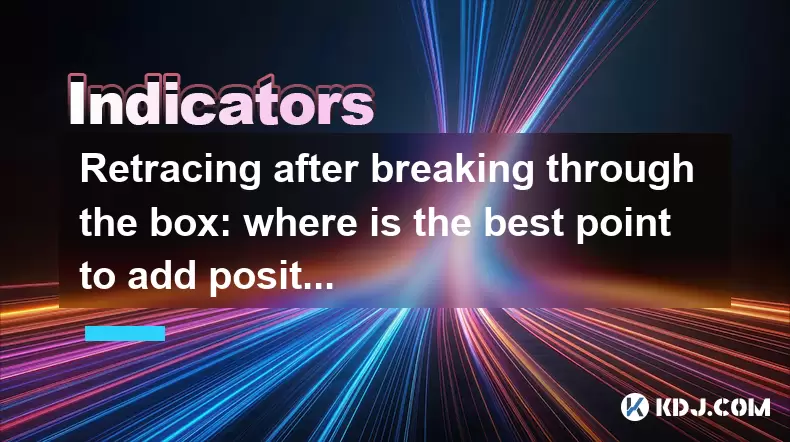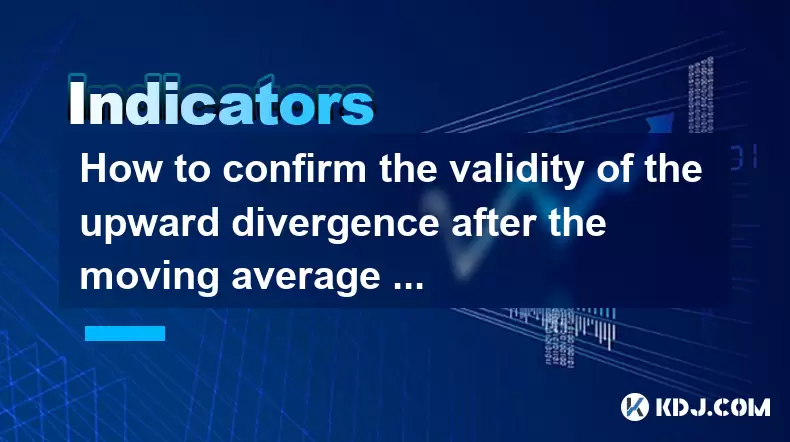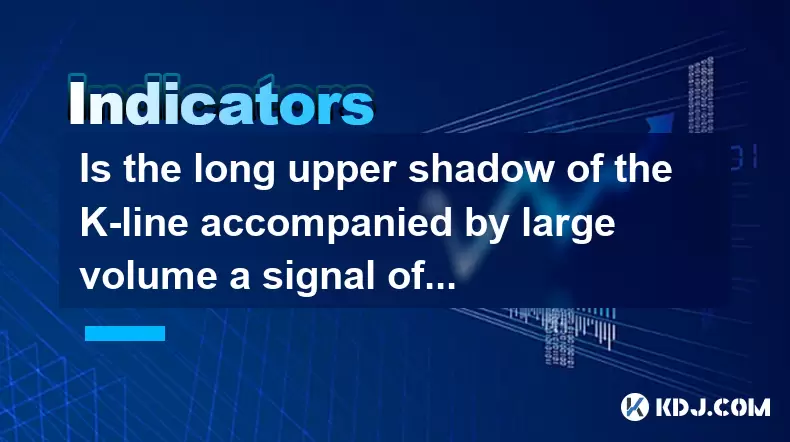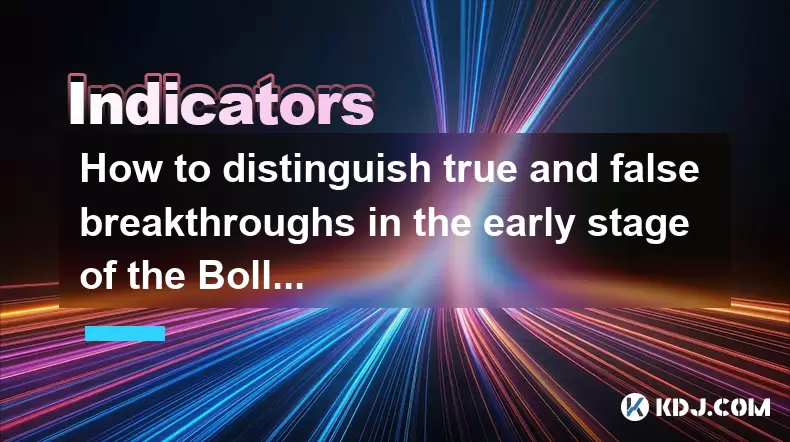-
 Bitcoin
Bitcoin $106,754.6083
1.33% -
 Ethereum
Ethereum $2,625.8249
3.80% -
 Tether USDt
Tether USDt $1.0001
-0.03% -
 XRP
XRP $2.1891
1.67% -
 BNB
BNB $654.5220
0.66% -
 Solana
Solana $156.9428
7.28% -
 USDC
USDC $0.9998
0.00% -
 Dogecoin
Dogecoin $0.1780
1.14% -
 TRON
TRON $0.2706
-0.16% -
 Cardano
Cardano $0.6470
2.77% -
 Hyperliquid
Hyperliquid $44.6467
10.24% -
 Sui
Sui $3.1128
3.86% -
 Bitcoin Cash
Bitcoin Cash $455.7646
3.00% -
 Chainlink
Chainlink $13.6858
4.08% -
 UNUS SED LEO
UNUS SED LEO $9.2682
0.21% -
 Avalanche
Avalanche $19.7433
3.79% -
 Stellar
Stellar $0.2616
1.64% -
 Toncoin
Toncoin $3.0222
2.19% -
 Shiba Inu
Shiba Inu $0.0...01220
1.49% -
 Hedera
Hedera $0.1580
2.75% -
 Litecoin
Litecoin $87.4964
2.29% -
 Polkadot
Polkadot $3.8958
3.05% -
 Ethena USDe
Ethena USDe $1.0000
-0.04% -
 Monero
Monero $317.2263
0.26% -
 Bitget Token
Bitget Token $4.5985
1.68% -
 Dai
Dai $0.9999
0.00% -
 Pepe
Pepe $0.0...01140
2.44% -
 Uniswap
Uniswap $7.6065
5.29% -
 Pi
Pi $0.6042
-2.00% -
 Aave
Aave $289.6343
6.02%
Retracing after breaking through the box: where is the best point to add positions?
In crypto trading, a breakout signals potential trend shifts, while retracements offer second chances to enter at better prices—key tools include Fibonacci levels, volume checks, and candlestick patterns for smarter entries.
Jun 18, 2025 at 07:28 am

Understanding the Breakout and Retracement in Cryptocurrency Trading
In the volatile world of cryptocurrency, breakouts and retracements are common phenomena that traders monitor closely. A breakout occurs when the price moves beyond a defined range or resistance level with increased volume, often signaling the start of a new trend. Following a breakout, a retracement is a temporary reversal in the price direction, where the asset pulls back to test the newly broken support or resistance level.
Understanding this pattern is crucial for traders aiming to enter positions at favorable levels. The retracement after a breakout provides a second chance to join a potential trend continuation without chasing the price at its peak.
Identifying a Valid Breakout Before Considering Retracement
Before analyzing where to add positions during a retracement, it’s essential to confirm that the initial breakout was genuine. A valid breakout typically involves:
- High trading volume: A surge in volume confirms that institutional or large retail players are participating in the move.
- Clearance above key resistance: The price must close convincingly above a well-established resistance level, not just touch it briefly.
- Candlestick confirmation: Look for bullish candlesticks like engulfing patterns or strong closes near session highs.
If these conditions aren't met, the so-called breakout may be a false one, and any retracement might lead to a full reversal rather than a continuation.
Recognizing the Retracement Phase in Crypto Markets
Once a breakout is confirmed, the next step is to identify the retracement phase. This usually happens when profit-taking or hesitation sets in among traders who entered early. During this phase:
- The price revisits the former resistance level now acting as support.
- Technical indicators like the Relative Strength Index (RSI) and Moving Average Convergence Divergence (MACD) may show signs of oversold conditions or bearish exhaustion.
- Volume tends to decrease compared to the breakout phase, indicating lack of selling pressure.
It's important to distinguish between a healthy retracement and a full reversal. If the price breaks below the original breakout level decisively, it signals a failed breakout.
Key Levels to Watch for Adding Positions
When considering where to add positions during a retracement, several technical tools can help pinpoint optimal entry zones:
- Fibonacci retracement levels: Drawing Fibonacci retracement from the swing low to the breakout high helps identify potential pullback levels such as 38.2%, 50%, and 61.8%. These levels often act as support zones during uptrend retracements.
- Trendline support: In many cases, a rising trendline connects the lows of the breakout rally. A retest of this line can offer a solid entry point.
- Moving averages: The 20-day Exponential Moving Average (EMA) or 50-day Simple Moving Average (SMA) often serve as dynamic support during retracements in strong trends.
Each of these levels should be cross-checked with volume and candlestick patterns to enhance accuracy.
Confirming Entry Signals During Retracement
Adding positions shouldn’t rely solely on price action; confirmation from multiple sources increases reliability. Traders should look for:
- Bullish candlestick patterns such as hammers, inverted hammers, or morning stars forming near key support levels.
- Volume pickup as the price approaches a support zone, indicating renewed buying interest.
- Positive divergence on oscillators like RSI or MACD, suggesting weakening bearish momentum.
These signals help filter out false retracements and improve the probability of successful entries.
Risk Management When Adding Positions Post-Retracement
Even with strong technical setups, risk management remains critical. Consider the following steps:
- Place stop-loss orders slightly below the retracement support level to limit downside exposure.
- Adjust position size based on volatility and proximity to key levels.
- Use trailing stops once the price resumes its trend to lock in profits while allowing room for movement.
Avoid over-leveraging, especially in highly volatile crypto assets, as sudden news or market sentiment shifts can trigger sharp reversals.
Frequently Asked Questions (FAQs)
What if the retracement never occurs after a breakout?
Not every breakout is followed by a retracement. Some strong trends continue without significant pullbacks. In such cases, traders may consider scaling into positions gradually or using moving average crossovers as alternative entry points.
Can I use the same strategy for both bullish and bearish breakouts?
Yes, the principles apply inversely in bearish scenarios. After a breakdown below a key support level, a retracement may occur where the price tests the broken support as new resistance. Short sellers can look for rejection patterns near this zone.
Is it safe to add positions on every retracement?
No. Not all retracements result in trend continuation. It's vital to assess the strength of the trend, volume behavior, and overall market context before entering. Avoid adding blindly without proper confirmation.
How do I differentiate between a retracement and a reversal?
A retracement typically shows lower volatility and weaker selling pressure. A reversal, on the other hand, exhibits strong bearish momentum, often breaking key support levels with high volume and negative candlestick patterns.
Disclaimer:info@kdj.com
The information provided is not trading advice. kdj.com does not assume any responsibility for any investments made based on the information provided in this article. Cryptocurrencies are highly volatile and it is highly recommended that you invest with caution after thorough research!
If you believe that the content used on this website infringes your copyright, please contact us immediately (info@kdj.com) and we will delete it promptly.
- Staked Ether, Corporate Crypto, and Finance Adoption: A New York Minute
- 2025-06-21 02:45:13
- Pendle, DeFi, and the SEC: A New York Minute on Crypto's Crossroads
- 2025-06-21 02:25:13
- Reddit, Worldcoin, and Iris Scanning: A New Era of User Verification?
- 2025-06-21 02:45:13
- Investor Funds, Bitcoin, and Buying Tricks: Navigating the Crypto Landscape
- 2025-06-21 02:50:12
- TikTok, Trump, and a $300 Million Crypto Bribe? What's the Deal?
- 2025-06-21 03:10:57
- Pi Network's Open Mainnet: Hype or Hope for a Decentralized Future?
- 2025-06-21 03:25:12
Related knowledge

Does the sudden contraction of ATR indicate the end of the trend?
Jun 20,2025 at 11:14pm
Understanding ATR and Its Role in Technical AnalysisThe Average True Range (ATR) is a technical indicator used to measure market volatility. Developed by J. Welles Wilder, ATR calculates the average range of price movement over a specified period, typically 14 periods. It does not indicate direction—only volatility. Traders use ATR to gauge how much an ...

Is the trend continuation when the Williams indicator is oversold but there is no rebound?
Jun 20,2025 at 11:42pm
Understanding the Williams %R IndicatorThe Williams %R indicator, also known as the Williams Percent Range, is a momentum oscillator used in technical analysis to identify overbought and oversold levels in price movements. It typically ranges from 0 to -100, where values above -20 are considered overbought and values below -80 are considered oversold. T...

Is the golden cross of the ROC indicator below the zero axis effective?
Jun 20,2025 at 09:42pm
Understanding the ROC Indicator and Its Role in Cryptocurrency TradingThe Rate of Change (ROC) indicator is a momentum oscillator widely used by traders to assess the speed at which cryptocurrency prices are changing. It measures the percentage difference between the current price and the price from a certain number of periods ago. The ROC helps identif...

How to confirm the validity of the upward divergence after the moving average sticks together?
Jun 21,2025 at 01:36am
Understanding the Basics of Moving Averages and DivergenceIn technical analysis, moving averages are crucial tools used to smooth out price data over a specified time period. When multiple moving averages converge or 'stick together,' it often indicates a consolidation phase in the market. This phenomenon can be a precursor to significant price movement...

Is the long upper shadow of the K-line accompanied by large volume a signal of peaking?
Jun 21,2025 at 12:28am
Understanding the Long Upper Shadow K-LineThe long upper shadow of a K-line is a common candlestick pattern that often appears during price action analysis. It consists of a small real body with a long upper wick, indicating that the price rose significantly during the period but was ultimately rejected and closed lower than its high. This pattern can s...

How to distinguish true and false breakthroughs in the early stage of the Bollinger Band opening?
Jun 20,2025 at 10:35pm
Understanding the Bollinger Band StructureBollinger Bands consist of three lines: a simple moving average (SMA) in the middle, and two outer bands that are standard deviations away from the SMA. These bands expand and contract based on market volatility. When the bands begin to widen, it often signals an increase in price volatility, which traders inter...

Does the sudden contraction of ATR indicate the end of the trend?
Jun 20,2025 at 11:14pm
Understanding ATR and Its Role in Technical AnalysisThe Average True Range (ATR) is a technical indicator used to measure market volatility. Developed by J. Welles Wilder, ATR calculates the average range of price movement over a specified period, typically 14 periods. It does not indicate direction—only volatility. Traders use ATR to gauge how much an ...

Is the trend continuation when the Williams indicator is oversold but there is no rebound?
Jun 20,2025 at 11:42pm
Understanding the Williams %R IndicatorThe Williams %R indicator, also known as the Williams Percent Range, is a momentum oscillator used in technical analysis to identify overbought and oversold levels in price movements. It typically ranges from 0 to -100, where values above -20 are considered overbought and values below -80 are considered oversold. T...

Is the golden cross of the ROC indicator below the zero axis effective?
Jun 20,2025 at 09:42pm
Understanding the ROC Indicator and Its Role in Cryptocurrency TradingThe Rate of Change (ROC) indicator is a momentum oscillator widely used by traders to assess the speed at which cryptocurrency prices are changing. It measures the percentage difference between the current price and the price from a certain number of periods ago. The ROC helps identif...

How to confirm the validity of the upward divergence after the moving average sticks together?
Jun 21,2025 at 01:36am
Understanding the Basics of Moving Averages and DivergenceIn technical analysis, moving averages are crucial tools used to smooth out price data over a specified time period. When multiple moving averages converge or 'stick together,' it often indicates a consolidation phase in the market. This phenomenon can be a precursor to significant price movement...

Is the long upper shadow of the K-line accompanied by large volume a signal of peaking?
Jun 21,2025 at 12:28am
Understanding the Long Upper Shadow K-LineThe long upper shadow of a K-line is a common candlestick pattern that often appears during price action analysis. It consists of a small real body with a long upper wick, indicating that the price rose significantly during the period but was ultimately rejected and closed lower than its high. This pattern can s...

How to distinguish true and false breakthroughs in the early stage of the Bollinger Band opening?
Jun 20,2025 at 10:35pm
Understanding the Bollinger Band StructureBollinger Bands consist of three lines: a simple moving average (SMA) in the middle, and two outer bands that are standard deviations away from the SMA. These bands expand and contract based on market volatility. When the bands begin to widen, it often signals an increase in price volatility, which traders inter...
See all articles

























































































